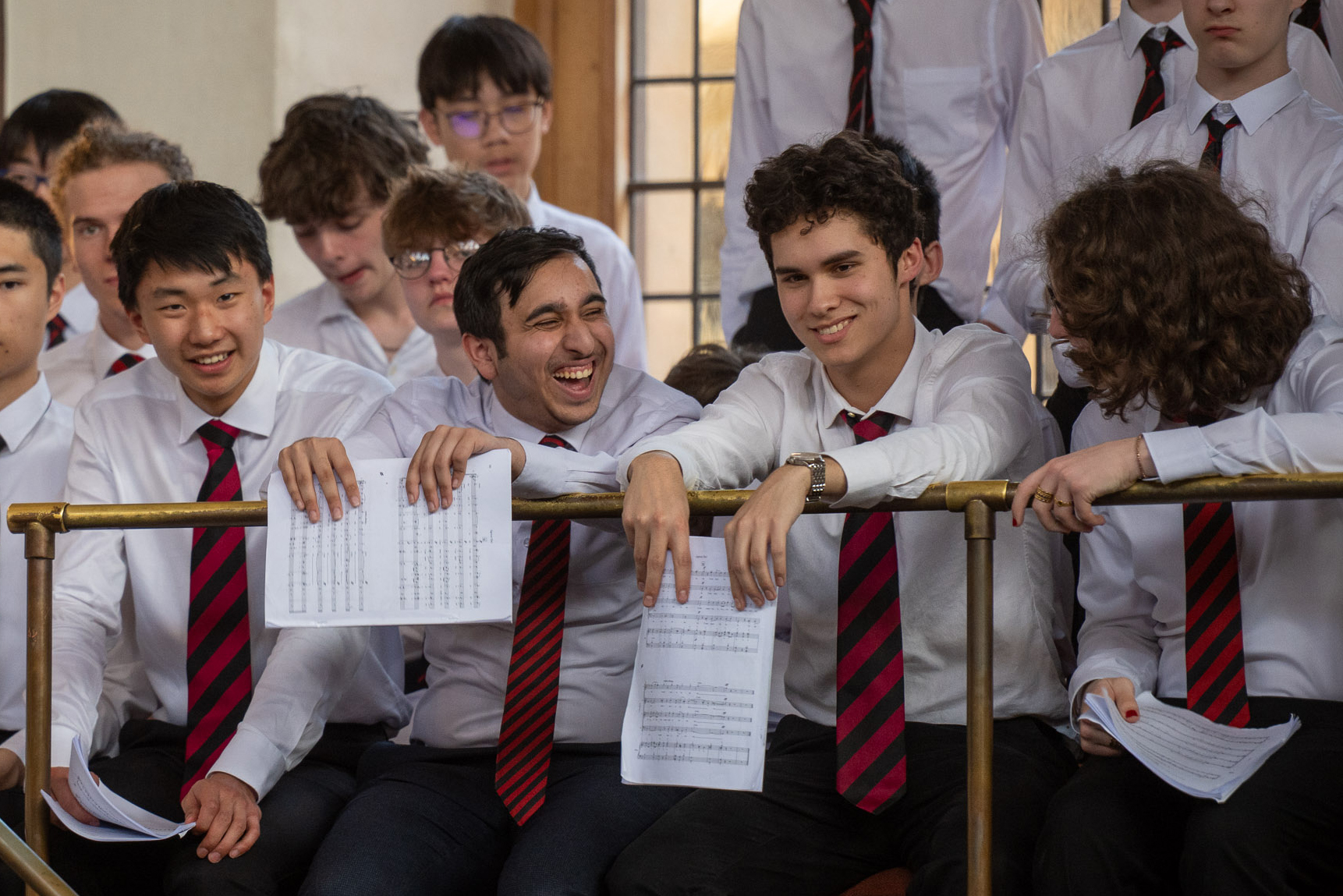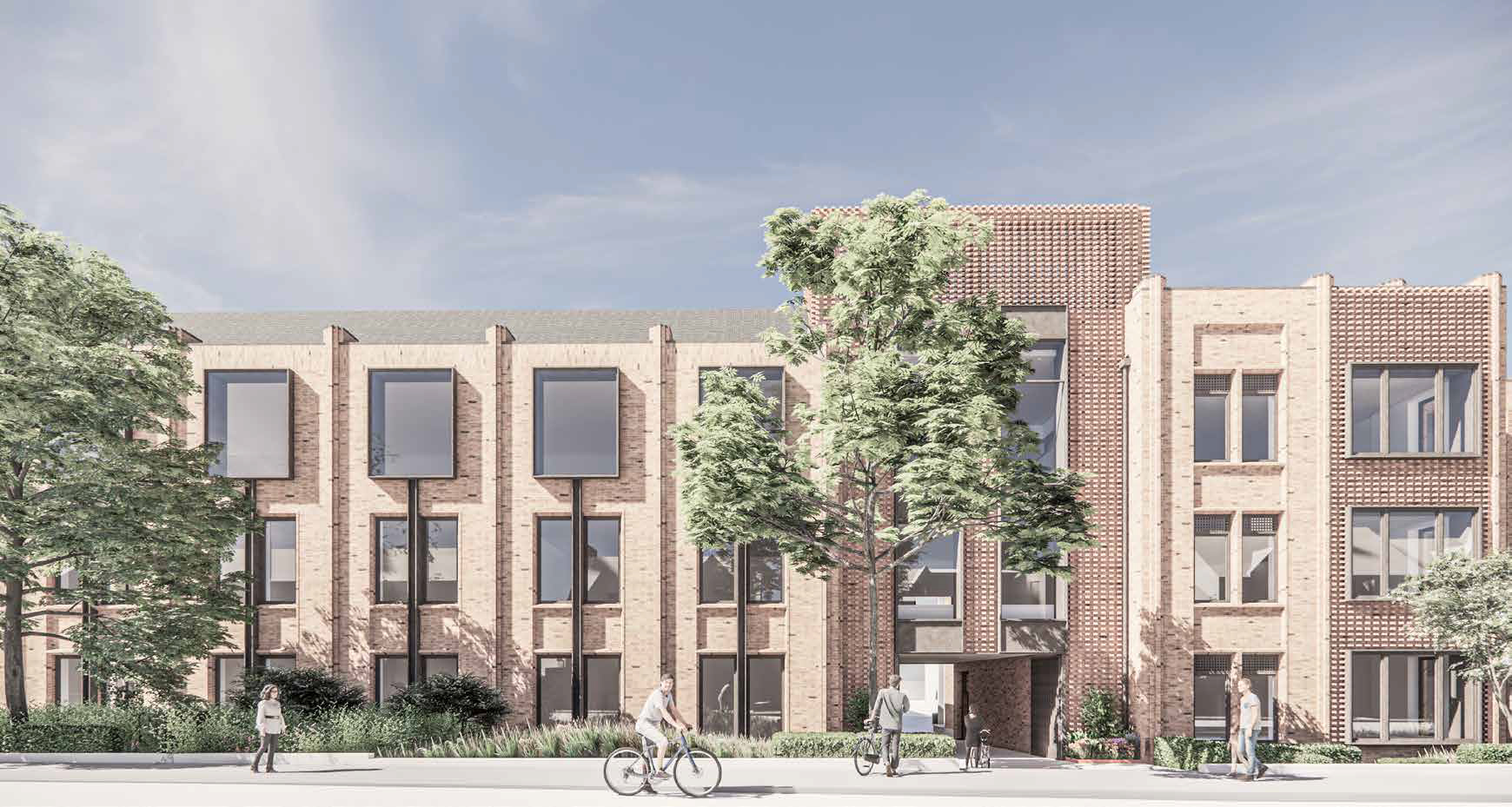MCS was informed by his daughter Sarah Elphick that John passed away peacefully on Tuesday 28 August 2018.
Sarah wrote this obituary of her father:
John F. Clarke (FRIBA) died on 28th August 2018 aged 95. He attended Magdalen College School from 1935-39. He excelled at sport and passed his School Certificate, gaining honours in Latin and French. He was a keen sportsman and played rugby, hockey and cricket as well as winning several cups in athletics. Hockey was especially important, he played inside right for the first team and gained his colours and also played the informal “playground hockey”.
Whilst at MCS an announcement was made that the soldiers who fought at Dunkirk were arriving at Oxford Station and they needed some volunteers to get them and their kit, to the Cowley Barracks. John left his classes to go and help. The experience of seeing this defeated group of men was instrumental in encouraging him to sign up at the age of 17½ instead of going up to University. He was called to the Royal Armoured Corps Training Camp at Bovington where he was trained on Crusader and Valentine tanks. He passed the selection board and was due to go to Sandhurst but unfortunately contracted a bone infection and was discharged from the army in 1943.
A year later, John was admitted to the Oxford School of Architecture on the five year course and graduated from the RIBA in 1948. His first job was at the local county council offices in Worcester, followed by working in his own private architecture practice in Piccadilly. John was involved in many large and varied projects, mostly public buildings. These included quarters for the Ministry of Defence, halls of residence at London University, an extension at the Natural History Museum, internal alterations at Windsor Castle and St James’ and Buckingham Palaces, repairs and alterations at the Royal Naval College, Greenwich and latterly extensive alterations at Horse Guards main building.
John was especially pleased to be asked by MCS to design a new assembly hall to be used also as a chapel, which became known affectionately as “Big School”. Bob Stanier was the Master at the time this work was carried out (1966).
In 1974 the family moved to Beaconsfield where John was able to improve his golf game, playing off a handicap of 9 at his best, and he was honoured to be asked to captain RIBAGS (Royal Institute of British Architects Golf Society). He enjoyed a long and productive retirement, taking painting lessons, playing bridge and joining Probus, where he was a member for twenty five years.
John married June in 1950 and they had three children, all of whom survive him.
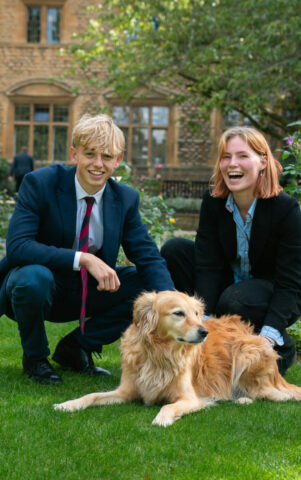 MCS ranks among the top independent secondary schools, and in 2024 was awarded Independent School of the Year for our contribution to social mobility.
MCS ranks among the top independent secondary schools, and in 2024 was awarded Independent School of the Year for our contribution to social mobility.

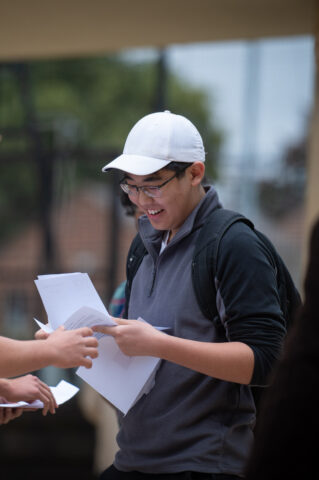 28 of our pupils achieved 10 or more 8 or 9 grades in 2024.
28 of our pupils achieved 10 or more 8 or 9 grades in 2024.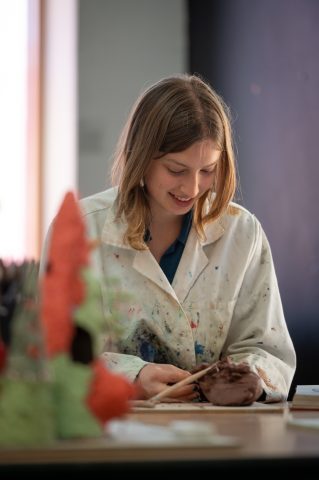
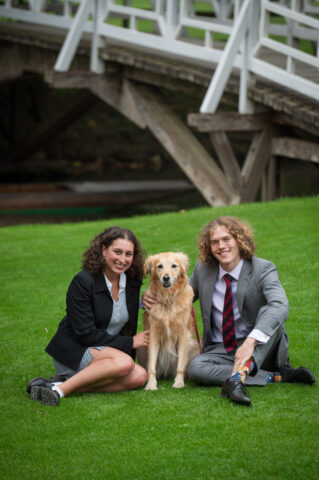 In 2023-24, MCS received over £448,000 in donated funds.
In 2023-24, MCS received over £448,000 in donated funds.